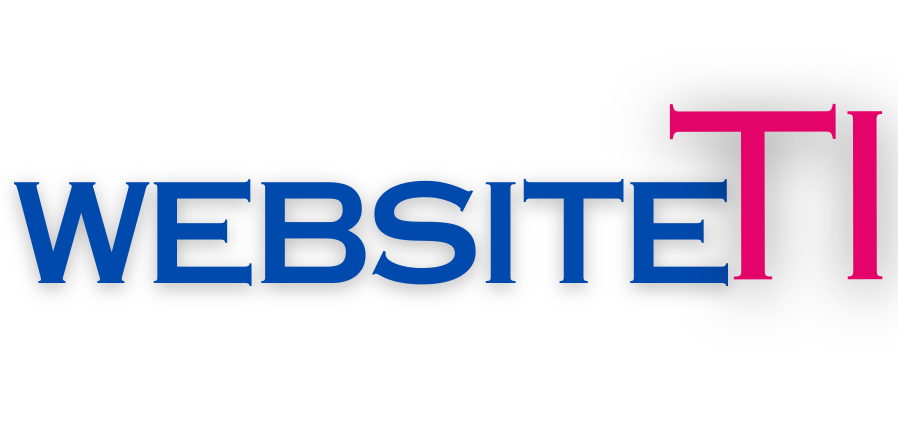Top 12 Freelance Web Design Tips: As the demand for talented web designers grows in today’s digital age, freelancing has become an increasingly attractive career option. Freelancing in the world of web design offers a unique chance to turn your creative skills into a lucrative business. However, the path to becoming a successful freelancer is filled with obstacles. Whether you’re just starting or looking to fine-tune your approach, having the right strategies in place can make all the difference. Top 12 Freelance Web Design Tips can help you stand out in this competitive market by teaching you more than just technical know-how. To succeed, you must learn how to effectively market your services, manage your projects, and consistently exceed client expectations. As freelance web designers, we must embrace best practices and innovative techniques to attract clients and deliver exceptional results. Here, we share comprehensive and practical design tips to help you excel in the freelance web design industry, deliver outstanding work, and establish a thriving freelance career. Understanding Client Needs One of the top 12 freelance web design tips is to prioritize understanding your client’s needs. As a freelance web designer, your ability to listen and comprehend what the client truly wants is crucial. Focusing on understanding your client’s needs can help you tailor your designs to meet their specific goals, ensuring that the final product looks great and functions effectively. This approach builds trust and fosters long-term relationships, making your freelance business more sustainable and successful. Engaging in detailed consultations with clients is crucial. This process involves: Understanding the client’s vision: Asking targeted questions to capture the essence of what the client wants. – Identifying project scope: Defining the project’s requirements, timelines, and deliverables. – Establishing clear communication channels: Ensuring ongoing dialogue prevents misunderstandings and effectively manages expectations. Craft Detailed Proposals After gaining a clear understanding of your client’s needs, the next step is to prepare a detailed project proposal. This document should clearly define the scope of the work, including timelines, deliverables, and costs. An organized and thorough proposal not only sets clear expectations but also demonstrates your professionalism as a freelancer. Be explicit about what the project includes and specify additional costs for extra features or revisions. A well-structured proposal helps avoid misunderstandings and builds a foundation of trust between you and your client from the outset. A well-structured proposal sets the foundation for a successful project. Include: – Project objectives: Clearly outline the goals and expected outcomes. – Deliverables and timelines: Divide the projects into stages with specific deadlines. – Cost estimates: Provide transparent pricing, including any potential additional costs. Mastering Design Fundamentals Stay Updated with Design Trends Prototyping is a crucial phase in the web design process, especially for freelancers. It involves creating a preliminary version of the website that provides a visual representation of the design before actual development begins. Mastering prototyping is vital because it allows clients to visualize the website and make necessary adjustments early in the process. Leverage tools like Figma, Sketch, or Adobe XD to create interactive prototypes that showcase the layout, functionality, and user flow of the website. Presenting a polished prototype enables you to gather feedback and ensure that the design aligns with the client’s vision, reducing the risk of costly revisions later on. Keeping abreast of current design trends is essential. This includes: – Responsive design: Ensuring that websites work efficiently across all devices. – Minimalist aesthetics: Emphasizing simplicity and usability. – Bold typography and colours: Use striking fonts and vibrant colour schemes to enhance visual appeal. Prioritize User Experience (UX) prioritizing User Experience (UX) is essential. A great UX design ensures that the website is aesthetically pleasing and easy to navigate and functions. A well-crafted UX leads to higher user satisfaction, which can result in increased engagement and conversions for your client. Emphasize intuitive navigation, clear and compelling calls to action, and responsive design. Make sure the website is accessible and performs well on all devices, from desktops to smartphones. By centring your design around the user’s needs, you create a site that is valuable and effective, therefore, increases its chances of success. Recap: Focusing on UX is key to creating successful websites. Consider: – Intuitive navigation: Designing straightforward and easy-to-use menus. – Fast loading times: Optimizing images and code to improve website speed. – Accessibility: Making websites accessible to individuals with disabilities by adhering to accessibility standards. Enhancing Technical Skills For freelancers, keeping technical skills sharp is vital to staying competitive. The web design industry is constantly evolving, and ongoing learning is necessary to remain relevant. Whether it’s mastering new coding languages, staying updated with responsive design techniques, or familiarizing yourself with the latest design trends, investing in your technical knowledge is crucial. Consider enrolling in online courses or earning certifications in areas like web development, SEO, or graphic design. The more skills you possess, the more versatile and attractive you are to potential clients. Staying on top of the latest advancements ensures that you can deliver modern, high-quality designs that meet the varied needs of your clients. Proficiency in various coding languages can set you apart. Essential languages include: – HTML/CSS: The backbone of web design, used to structure and style web pages. – JavaScript: incorporate interactivity and improve user engagement. – PHP/Python/Ruby: Backend languages that support dynamic content and database interactions. Utilize Web Design Tools Web design tools are invaluable for freelancers. Tools such as WordPress, Elementor, and Canva streamline the design process, allowing you to create professional websites more efficiently. Utilizing these tools can significantly boost your productivity and the quality of your designs. Select tools that fit your workflow and meet your clients’ needs. Whether you need a tool for wireframing, creating graphics, or writing code, having the right resources at your disposal can greatly enhance your ability to deliver outstanding projects promptly. Leveraging the right tools can streamline your workflow. Popular tools include: – Adobe Creative Suite: Industry-standard software for design and prototyping. – Sketch/Figma: Powerful tools for creating

